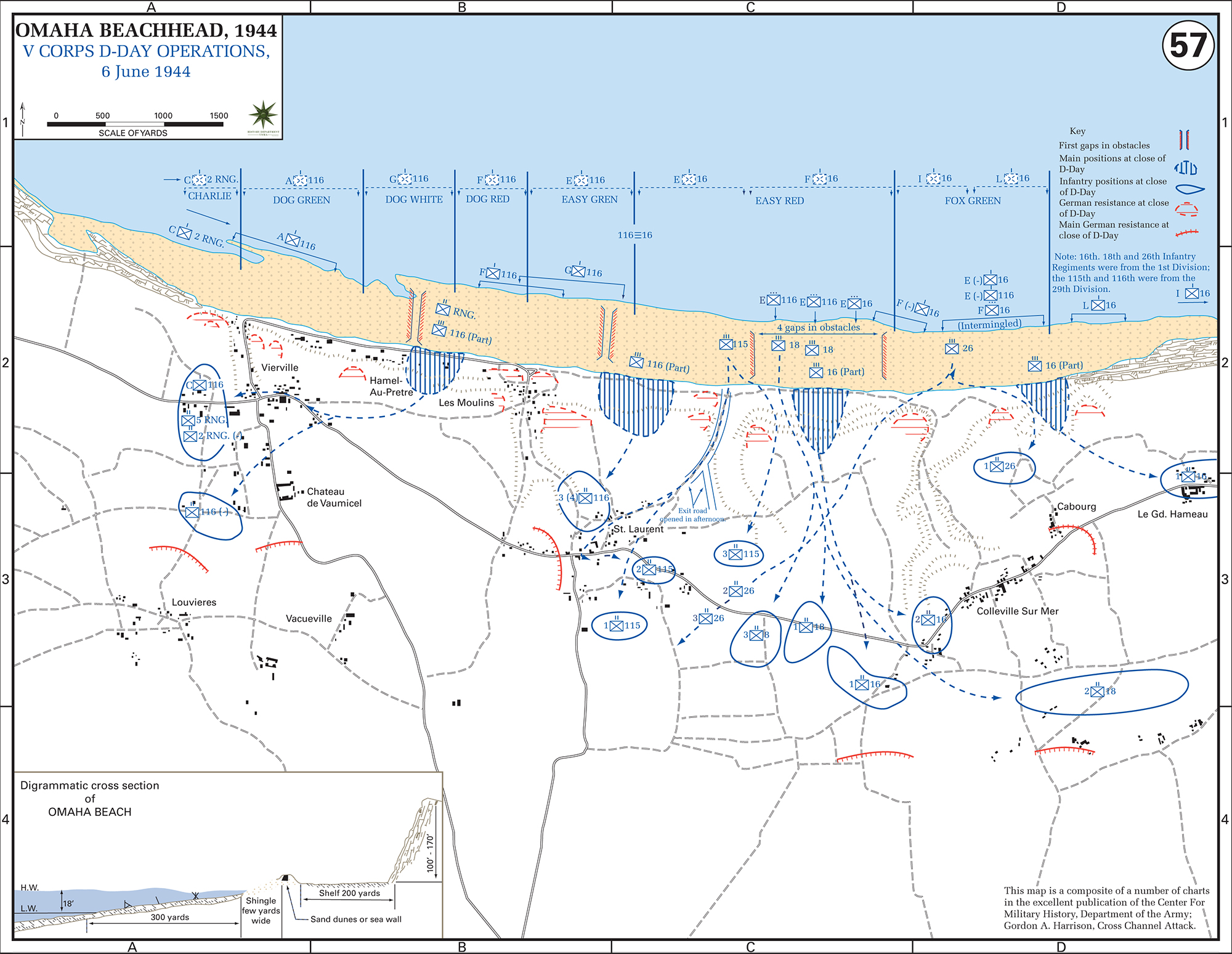
Also, after years of training in Britain, some Canadian politicians and generals were anxious for Canadian troops to experience battle. It was designed to test new equipment, and gain the experience and knowledge necessary for planning a great amphibious assault that would one day be necessary to defeat Germany. Instead, the Allies decided to mount a major raid on the French port of Dieppe. The Germans had penetrated deep into Russia, the British Eighth Army in North Africa had been forced back into Egypt, and, in Western Europe, the Allied forces had been pushed across the English Channel to Britain.Īt this point the Allied forces weren't strong enough to mount "Operation Overlord," the full-scale invasion of Western Europe. The Allied situation in the spring of 1942 was grim. There were 3,367 casualties, including 1,946 prisoners of war 916 Canadians lost their lives. Of the 4,963 Canadians who embarked for the operation, only 2,210 returned to England, and many of these were wounded. Leigh-Mallory as Air Force Commander.Īlthough extremely valuable lessons were learned in the Raid on Dieppe, a steep price was paid. Hughes-Hallett, Royal Navy (RN) as Naval Force Commander and Air Vice-Marshal T.L. Roberts, Commander of theĢnd Canadian Division, was Military Force Commander, with Captain J.

The raid was supported by eight Allied destroyers and 74 Allied air squadrons, eight belonging to the Royal Canadian Air Force (RCAF). The remaining troops consisted of approximately 1,000 British Commandos and 50 American Rangers. Nearly 5,000 of the 6,100 troops were Canadians.

Some method had to be found to create a foothold on the continent, and the Raid on Dieppe offered invaluable lessons for the successful D-Day invasion in 1944, saving countless lives in that momentous offensive.Ĭanadians made up the great majority of the attackers in the raid. With virtually all of continental Europe under German occupation, the Allied forces faced a well-entrenched enemy. One Troop of the 1st Hussar tank regiment was thus the only unit of the entire Allied invasion to reach its final objective on D-Day.The Raid on Dieppe, France, on August 19, 1942, was a pivotal moment in the Second World War. Progress inland past the towns was good, and, as some armoured units arrived in later waves, they briefly interdicted the Caen-Bayeux road. By mid-morning, hard fighting had brought the town of Bernières into Canadian hands, and later Saint-Aubin was occupied. In the assault teams, the chance of becoming a casualty in that first hour was almost 1 in 2. Company B of the Royal Winnipeg Rifles was cut down to one officer and 25 men as it moved to reach the seawall. As the Canadian soldiers worked their way through the obstacles and came into the enfilading killing zones, the first wave took dreadful casualties. Courtesy of the Eisenhower Center for American Studies, New Orleans, Louisiana, U.S.Īs the troops waded ashore, there was little fire at first-mainly because the German gun positions did not aim out to sea but were set to enfilade the coastline. Wilfred Bennett, veteran of the Royal Winnipeg Rifles, Canadian 3rd Division, remembering Juno Beach on D-Day, June 6, 1944. SpaceNext50 Britannica presents SpaceNext50, From the race to the Moon to space stewardship, we explore a wide range of subjects that feed our curiosity about space!.Learn about the major environmental problems facing our planet and what can be done about them!

War of beach map how to#
COVID-19 Portal While this global health crisis continues to evolve, it can be useful to look to past pandemics to better understand how to respond today.Student Portal Britannica is the ultimate student resource for key school subjects like history, government, literature, and more.From tech to household and wellness products. This Time in History In these videos, find out what happened this month (or any month!) in history.#WTFact Videos In #WTFact Britannica shares some of the most bizarre facts we can find.Demystified Videos In Demystified, Britannica has all the answers to your burning questions.Britannica Explains In these videos, Britannica explains a variety of topics and answers frequently asked questions.Britannica Classics Check out these retro videos from Encyclopedia Britannica’s archives.


 0 kommentar(er)
0 kommentar(er)
